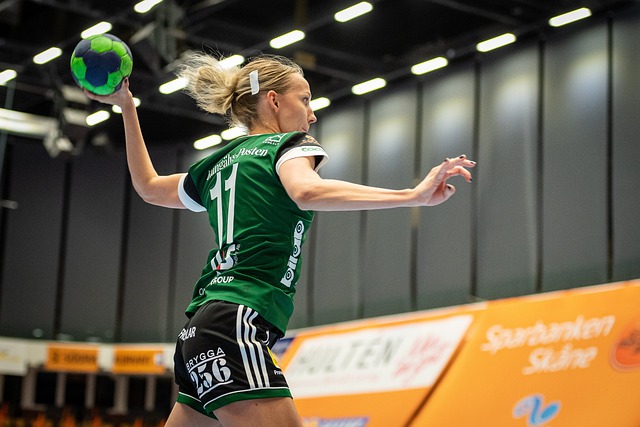
With more senior athletes participating in competitions, the number has steadily risen over the years. A variety of factors are responsible for the rise in senior athletes, including the increasing interest in sport by seniors. Although physical fitness tends to decline with age, there are still ways to stay active and fit.
Sport motivation
Sport motivation in senior athletes is influenced by competition level, age, and gender, according to a recent study. The study used a validated questionnaire to measure sport participation motivation. The Table 1 table shows the results. Participants were divided by sport. Furthermore, the results showed that the questionnaire had many psychometric properties.
A sample of 316 senior and junior athletes competed in three sports. Participants completed three questionnaires. They were also categorized according to their sport and competition level. The results showed that football players were most motivated to achieve success, while handball players had the lowest motivation levels.
With aging, physical fitness declines.
The aging process leads to a decline in physical fitness, including a decrease in muscular mass, force, and endurance. The muscles also experience a decrease in range of motion, becoming more rigid. This can make it difficult to perform strenuous exercise. Despite these changes in muscle function, senior athletes still have the ability to perform exceptional feats.
The study revealed that women and men's aerobic capacities decreased by 20% in a decade. After the age of 40, men's aerobic capacity declined faster than women's. This accelerated rate of decline has implications for functional independence and quality of life.
Exercise regimens
An exercise program can be beneficial for athletes of all ages. Senior athletes should include cardiorespiratory exercise and muscle-strengthening activities into their training. These exercises can increase their strength and balance. Older athletes might be less at risk of injury but they still need to build the endurance and muscle strength to compete.
Make sure to get a medical clearance before you start an exercise program. The intensity of your exercise may need to be modified if there are any past injuries or chronic conditions. To get the best out of your program, you might need to change your medication schedule or meal plan.
Nutrition
Nutrition for senior athletes should be tailored to their specific needs. To maximize their athletic performance and overall health, athletes should adhere to the principles of good nutrition. Individualized advice on nutrition should be given and should include preventive measures. Senior athletes can receive dietary recommendations from registered dietitians. Senior athletes may also be interested to learn more about topics such exercise and weight control.
In order to achieve a balanced diet, older athletes should focus on consuming nutrient-dense foods and a high amount of quality calories. This will help you recover faster from hard training and lower your risk of developing age-related debilitating diseases. An older athlete should concentrate on eating healthy carbohydrates to fuel them and maintain their weight. They should also eat foods high in fiber and antioxidants.
Balance
The physiologic changes that occur with age have significant consequences on balance in senior athletes. Sports and orthopedic physicians must first learn about the changes occurring in the body to ensure safe and effective performance. After understanding the body's changes, they can create and implement an SMT Program to address them. In addition, balance training is a critical component of overall fitness. It improves muscle strength and postural alignment.
The key component of balance is proprioception also known as joint positioning sense. Studies have shown that elite athletes with ACL tears have significantly decreased Joint Positional sense, suggesting that secondary injury issues could be present. In one study, researchers compared the Joint Positional Sense of 30 athletes with UCL tears to 30 athletes who had not undergone ACL injury.